Table of Contents:
- What Is Workflow Optimization and Why Does It Matter?
- Why Workflow Optimization is Crucial For Your Business
- Identifying Areas for Improvement in Your Workflow
- Implementing Workflow Optimization Best Practices
- Measuring the Impact of Workflow Changes
- Examples of Workflow Optimization
Introduction
As an entrepreneur or business professional, time is your most valuable resource. Yet many of us fall into inefficient routines and habits, squandering the scarce hours in our day.
Optimizing your workflow is key to productivity and progress- achieving more by doing less.
By evaluating how you currently spend your time and implementing key strategies to minimize distractions and maximize focus, you can streamline your workflow and accomplish what really matters.
In this comprehensive guide, you'll learn proven techniques to optimize your workflow and gain hours back in your day.
With the right mindset and tools, you can transform the way you work to reach new heights of productivity and efficiency.
What Is Workflow Optimization and Why Does It Matter?
Workflow optimization refers to the process of streamlining and improving the efficiency of a sequence of tasks or steps required to complete a process.
It involves a systematic examination and redesign of business processes to ensure they are as effective, efficient, and adaptable as possible.
Imagine you're baking your favorite cake. You've been using the same recipe for quite some time and it works, but it takes longer than you'd like and the steps are a bit complicated.
You start to analyze each step and realize there are some areas for improvement. Maybe you find that pre-measuring all your ingredients before starting can save you time.
Or that using a stand mixer instead of mixing by hand does the job faster and more efficiently.
By identifying and tweaking these 'pain points' within your cake-baking process, you've effectively optimized it: you are saving time, reducing effort, and probably even producing a better cake, faster.
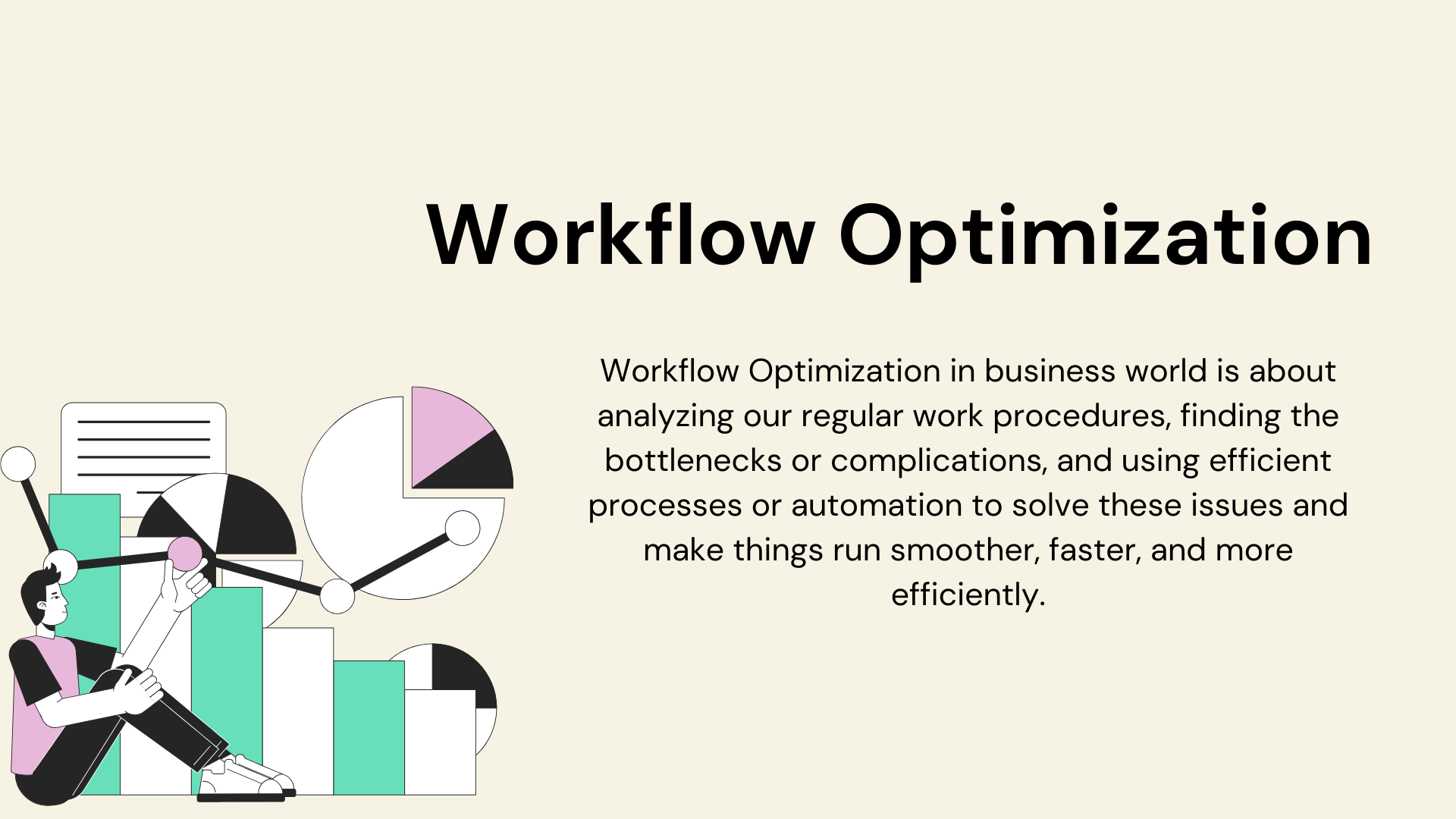
Why Workflow Optimization is Crucial For Your Business
In today's dynamic business environment, workflow optimization can act as the catalyst for growth and success. Here are some of the benefits of optimizing your workflows:
- Increased throughput and output. By eliminating wasted time and effort, optimized workflows allow you to get more done in less time, leading to increased efficiency.
- Improved quality. Streamlined processes minimize opportunities for errors and ensure consistency.
- Cost savings. Reducing redundancies and inefficiencies saves money through lowered operational and labor costs.
- Better compliance. Optimized workflows are carefully designed to meet key requirements and standards. They reduce the risk of important steps being missed or skipped.
- Agility. Simplified workflows are more flexible and adaptable to changes. New processes can be implemented more quickly when workflows are already efficient and lean.
- Improved Collaboration. A well-defined workflow fosters clarity about roles and responsibilities, which promotes teamwork and cooperation.
- Superior Decision-Making. Efficient workflows typically generate actionable data that can lead to more informed business decisions.
Identifying Areas for Improvement in Your Workflow
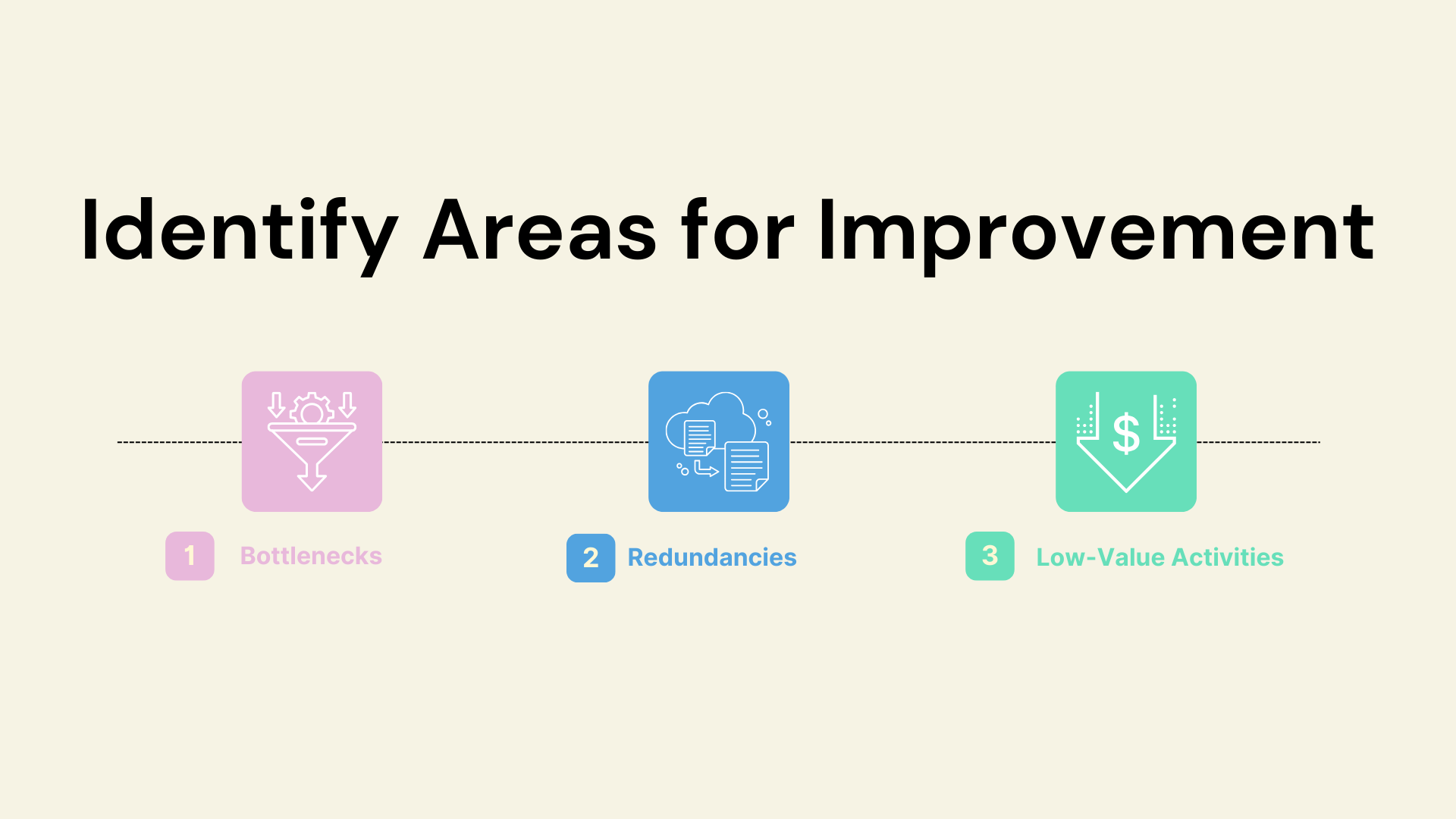
To optimize your workflow, you must identify areas where improvements can be made.
Carefully examine each step of your process to determine what's working and what isn't.
Some things to look for:
Bottlenecks
Are there any points where work slows down or gets backed up? These bottlenecks reduce efficiency and productivity. Possible solutions include:
- Automating repetitive manual tasks
- Re-allocating resources to speed up the bottleneck step
- Simplifying overly complex procedures
Redundancies
Look for steps that are duplicated or overlapped. Eliminating redundancies frees up time and resources to be used for more important work. Options to reduce redundancies include:
- Combining overlapping tasks
- Improving communication to avoid duplication of efforts
- Implementing shared systems where multiple people can access the same information
Low-Value Activities
Identify steps that contribute little value but require significant time or effort. These mundane but necessary tasks are prime targets for optimization. Some ways to minimize them:
- Using productivity tools and software to automate when possible
- Re-delegating to allow high-value work to be prioritized
- Streamlining or eliminating unnecessary procedures and protocols
Implementing Workflow Optimization Best Practices
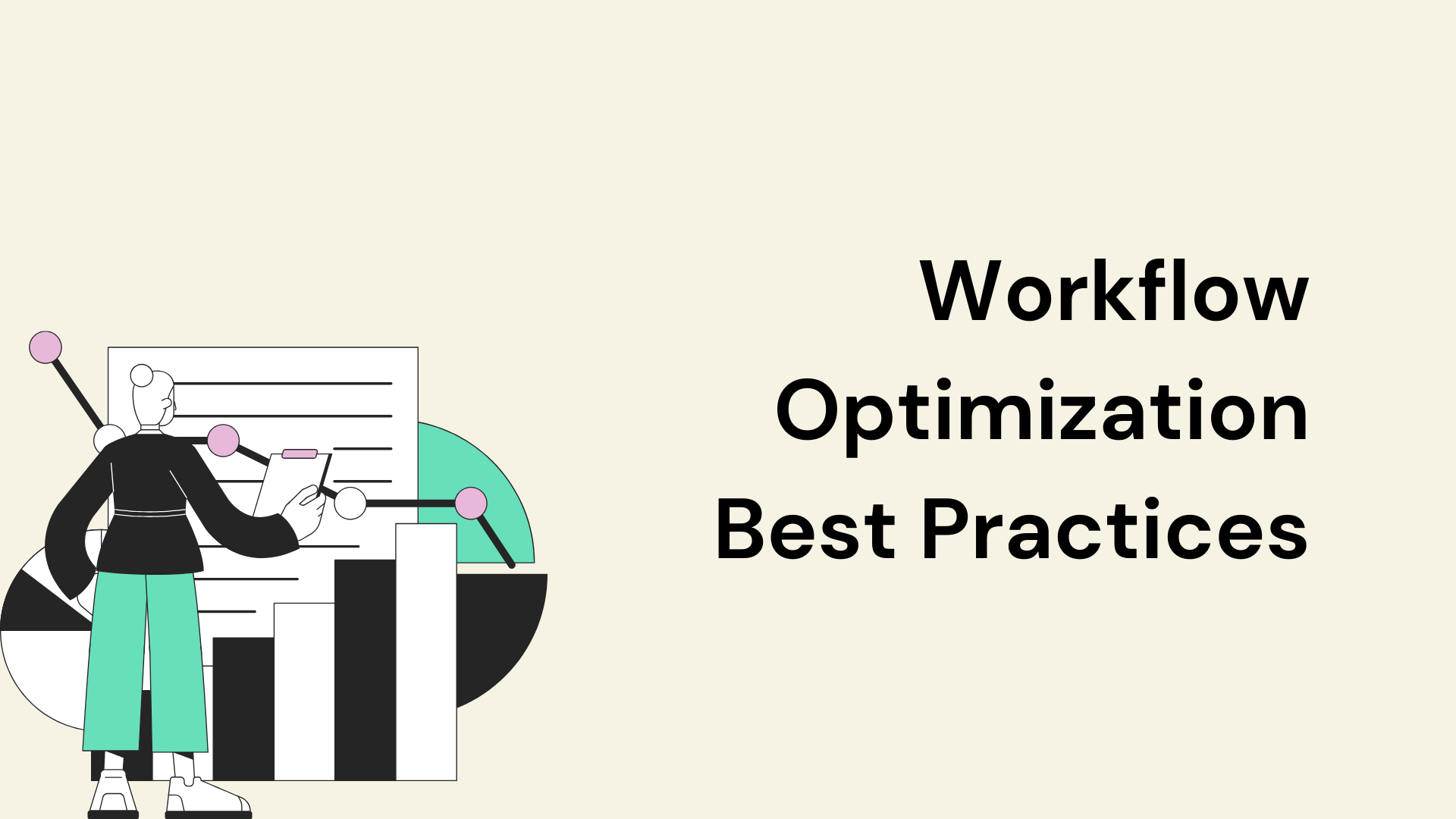
To optimize your workflow, implement the following best practices:
Analyze and Evaluate Your Current Processes
Closely examine your existing work processes to determine areas of improvement. Track how you spend your time and look for redundancies or inefficiencies. Ask yourself questions like:
- What tasks or meetings feel like a waste of time?
- Where do bottlenecks frequently occur?
- What processes feel convoluted or tedious?
Identify Time-Wasters and Low-Value Activities
Pinpoint tasks that contribute little value so you can minimize or eliminate them. Common time-wasters include excessive meetings, interruptions, email overload, and manual data entry.
See if you can reduce or automate these kinds of low-value activities.
Set Clear Priorities and Boundaries
Determine your key priorities and set boundaries to avoid distractions. Learn to say “no” so you can focus on high-priority work.
Block out time for your most important tasks and avoid scheduling less important meetings during those periods.
Make sure your priorities align with your organization’s key goals and objectives as well.
Streamline and Simplify Processes
Once you’ve evaluated your current workflow, look for ways to streamline and simplify it. Minimize the number of steps required to complete a process.
Leverage technology to automate manual work. Consolidate redundant tasks. Simplifying your processes will increase your productivity and reduce wasted time.
Continuously Improve and Optimize
Workflow optimization is an ongoing initiative. Regularly revisit your workflows to look for additional improvements.
Track key metrics like lead or cycle times to gauge improvement. Make workflow optimization and continuous progress key priorities for yourself and your team.
With time and practice, optimizing your workflows can become second nature.
Tired of wasting time, money, and resources on tedious tasks? Fulfilling your business potential is just a click away with Sanka.
Our Work Operating System (WOS) automates every workflow, lets you focus on what matters most, and propels your business toward growth and success.
From streamlining core functions like sales and marketing to managing IT assets, Sanka has a solution.
Measuring the Impact of Workflow Changes
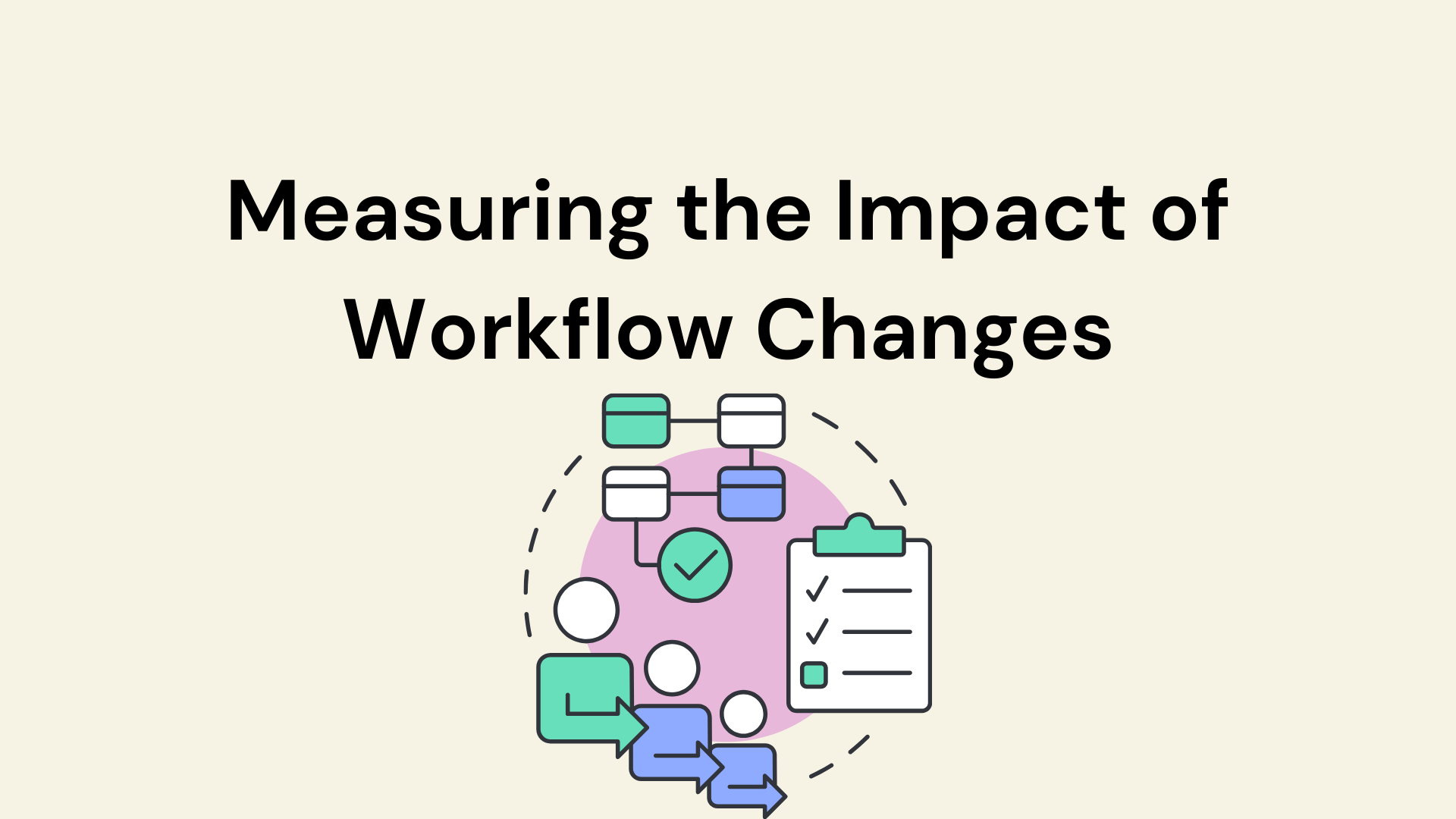
Once you have implemented optimizations to streamline your workflow, it is critical to measure their effectiveness.
This allows you to determine what is working, what may need to be tweaked, and what should be abandoned.
There are several metrics you can track to measure the impact of your workflow changes:
Productivity
Are you and your team achieving more in the same amount of time?
Productivity can be measured by outputs over time, such as the number of tasks completed per day or week.
If productivity has increased, your workflow changes are likely effective. If not, re-evaluate what is hindering progress.
Efficiency
How much time is spent on value-added vs non-value-added activities?
Workflow optimizations should decrease the amount of time spent on wasteful tasks like searching for information or switching between apps.
You can track time spent on specific activities before and after changes to determine if efficiency has improved.
Quality
Has the quality of work or service improved?
Fewer errors and higher customer or stakeholder satisfaction are indicators of enhanced quality.
Survey colleagues and clients to determine if quality has increased as a result of your workflow adjustments.
Cost
Have expenses decreased due to the new workflow?
Look for reductions in costs such as software fees, resource usage, and operational overhead. Lower costs mean a higher return on investment for the time spent optimizing your workflow.
Satisfaction
Do you and your team feel more satisfied and less stressed?
Improved workflow should make jobs easier and less frustrating. Gage employee satisfaction through surveys and one-on-one conversations.
Higher satisfaction will lead to greater retention and productivity.
Examples of Workflow Optimization
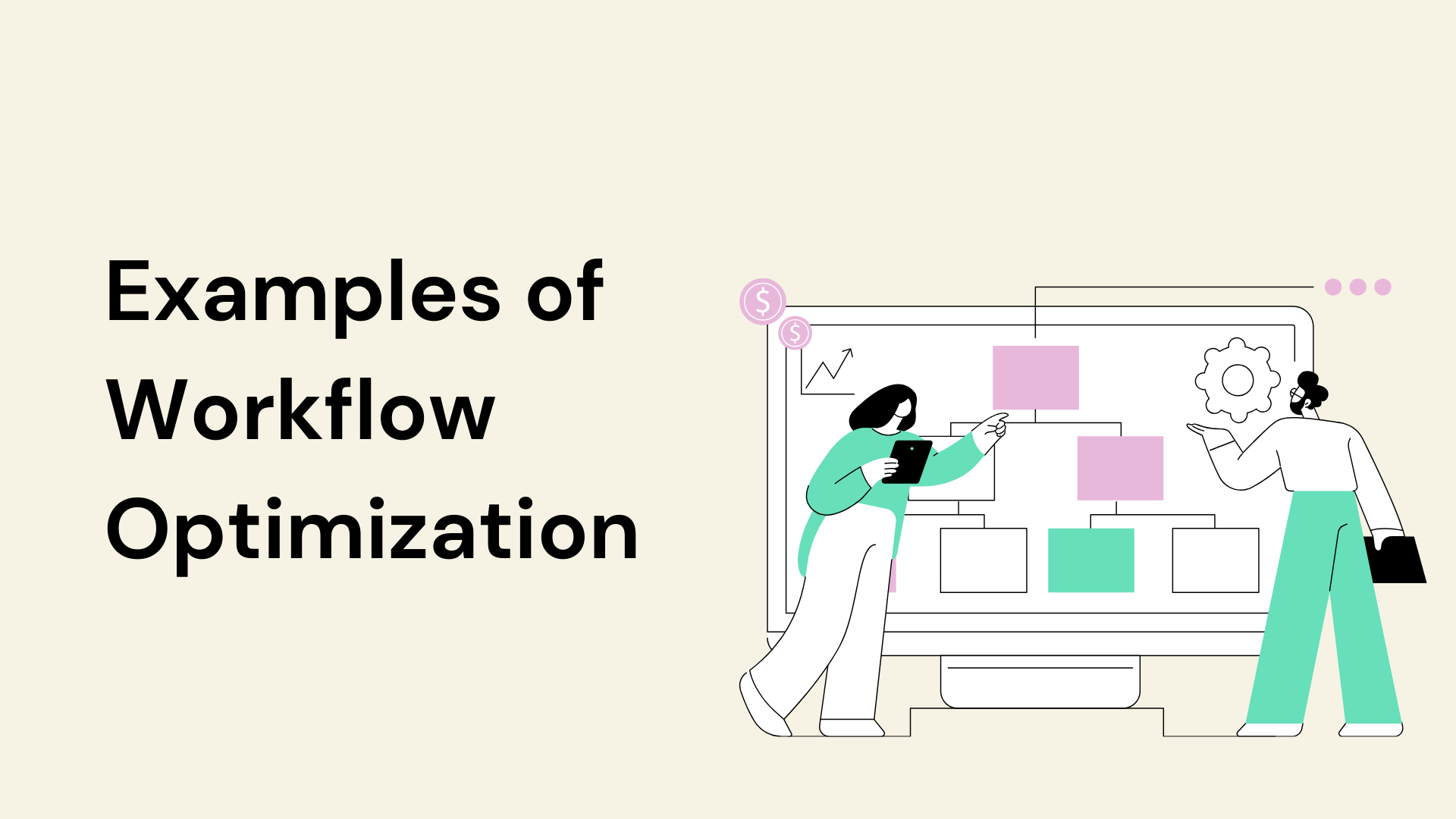
HR Onboarding Workflow Optimization
Before Optimization:
- Hiring managers send emails to HR for new employee onboarding.
- HR maintains a spreadsheet with new employee details and manually emails all required parties.
- Various departments work independently to prepare necessary items (IT setup, training schedules, etc.).
- HR tracks progress with follow-up emails and phone calls.
Workflow Optimization:
- Implement an onboarding software tool that integrates with your Applicant Tracking System (ATS).
- Set up automated triggers within the software to alert various departments upon a new hire being added.
- Assign task templates for each department to ensure a standardized process for IT setup, training, and other onboarding elements.
- Optimize the process for remote hires to include virtual orientation and materials.
- Review and analyze onboarding duration and satisfaction periodically for further improvements.
Content Creation Workflow Optimization
Before Optimization:
- Content ideas are submitted via email or verbally, with no centralized system.
- Individual content creators maintain personal task lists, with no visibility for others.
- Review and feedback rounds are conducted through email, creating confusion and version issues.
- Deadlines are sometimes missed, leading to inconsistent publishing.
Workflow Optimization:
- Develop a content calendar using project management tools like Asana, Trello, or Airtable to visualize and track content status.
- Set up a standardized intake form for content ideas, allowing for a uniform and organized system.
- Allocate tasks and deadlines to each team member, ensuring visibility for team collaboration, workload distribution, and status tracking.
- Implement a document collaboration tool such as Google Docs, allowing for real-time editing, version control, and feedback.
- Analyze content performance data regularly to refine topic choices and optimize creation times.
Purchase Order Workflow Optimization
Before Optimization:
- Purchase order (PO) requests are submitted through email or paper forms.
- Manual data entry into a spreadsheet or software for tracking and approval routing.
- Time-consuming approval process involving email or paperwork distribution.
- No real-time visibility into PO status, leading to delayed or lost orders.
Workflow Optimization:
- Integrate a cloud-based purchase order management tool (e.g., Procurify, Precoro, or Kissflow) that automates and simplifies the PO process.
- Set up an online form for PO requests with predetermined fields to ensure organized and complete submissions.
- Automate the approval process by routing requests to the appropriate parties according to pre-defined rules and hierarchies.
- Implement customizable dashboards for employees to track the real-time status of their requests.
- Regularly review order and delivery timelines, approval process efficiency, and expenditure trends for further optimization.
Conclusion
You owe it to yourself and your organization to implement workflow optimization strategies. By critically evaluating how you currently accomplish your daily responsibilities and tasks, you can uncover inefficiencies that sap time, energy, and resources.
With improved processes that eliminate redundancies and maximize productivity through strategic prioritization and delegation, you will achieve more by doing less.
The rewards of an optimized workflow are immense: reduced stress and burnout, increased work-life balance, and greater job satisfaction and fulfillment.
Take the time to analyze how you can work smarter, not harder. The investment in optimizing your workflow will pay dividends for years to come.
Achieve more by doing less - you can make it a reality by taking the first step to overhaul how you work. The future awaits.








